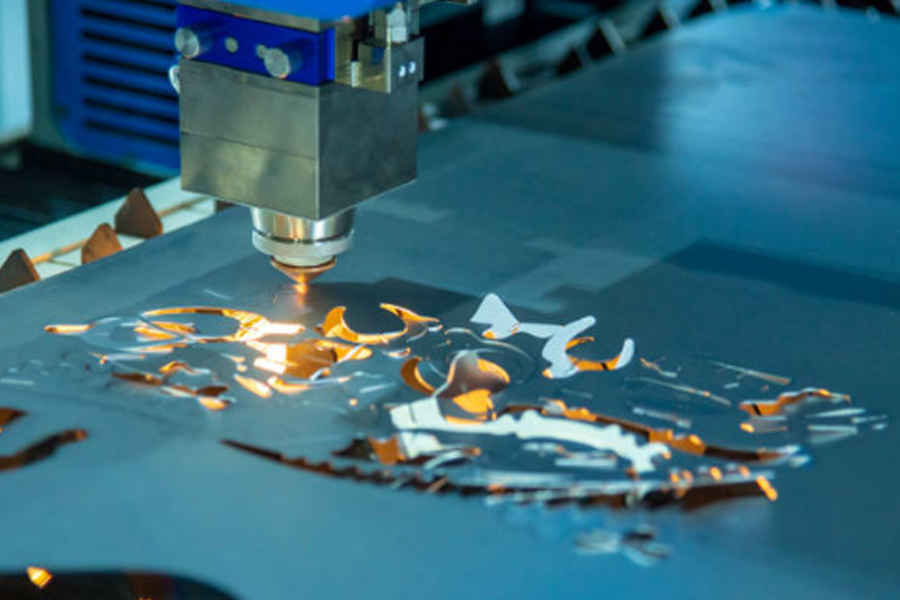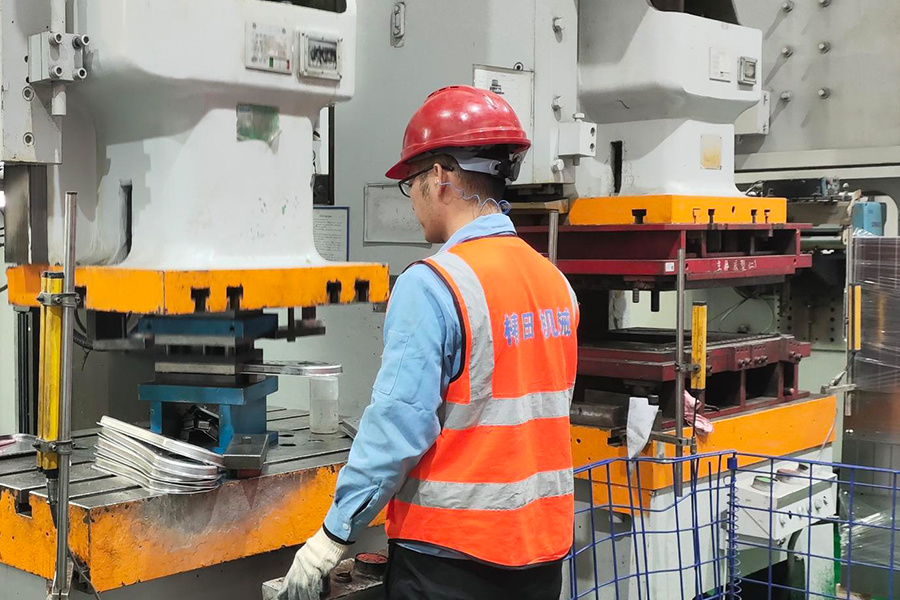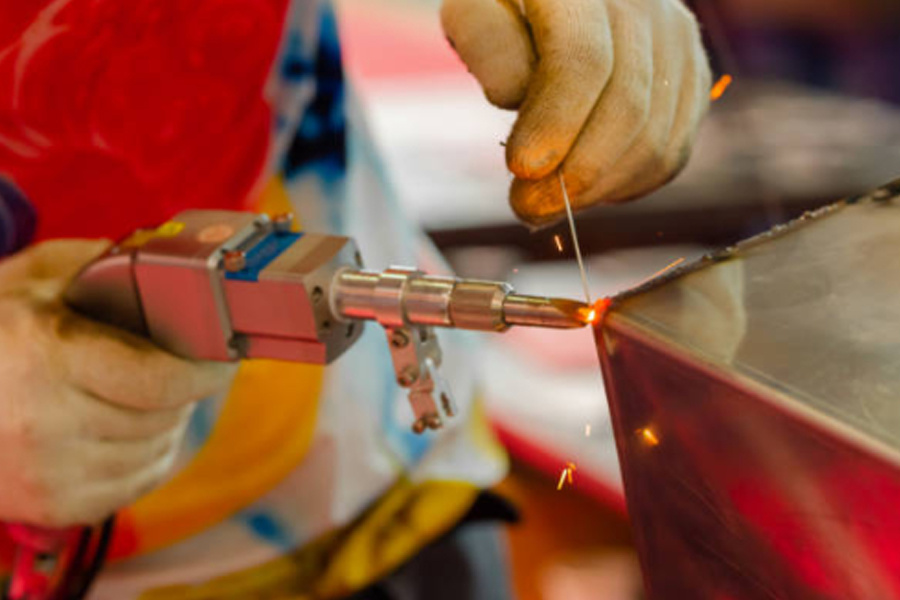Medical Sheet Metal Procurement 3 QC Critical Points
Release time:
2025-04-01
Quality control for medical equipment procurement: evaluate suppliers (high-precision tools, ISO, raw material channels), monitor processes (drawing review, first-piece/final inspection), ensure compliance. Meet medical standards.
In the medical device manufacturing sector, the quality of sheet metal components directly impacts the safety, reliability, and regulatory compliance of medical instruments. As the starting point of the supply chain, risk management and quality control in the procurement process are critical to ensuring that medical sheet metal components meet stringent standards. This article analyzes the core quality control points in medical sheet metal procurement from three dimensions: supplier evaluation, process monitoring, and compliance management, helping enterprises build a robust supply chain system.
1. Supplier Qualification Evaluation: Laying the Foundation for Quality Control
The production of medical sheet metal components demands strict material properties, machining precision, and process stability. Before procurement, a systematic supplier screening mechanism must be established, focusing on:
● Production qualifications, such as quality system certifications (e.g., ISO 13485 Medical Device Quality Management System) and industry performance experience.
● On-site audits or document reviews to assess the supplier’s equipment precision, process control capabilities, and quality traceability systems, ensuring they can consistently deliver qualified products.
Additionally, attention to the supplier’s material management process is vital. Medical-grade sheet metal materials must meet special requirements like biocompatibility and corrosion resistance. It is essential to verify that raw materials are sourced from legitimate channels and that the supplier can provide complete material testing reports and batch traceability records, eliminating quality risks from the source.

2. End-to-End Quality Monitoring: Dynamic Control of Key Processes
During procurement execution, phased quality control should cover the entire process from drawing review to finished product delivery:
● Drawing and Process Review: Collaborate with suppliers to confirm technical details in blueprints, such as dimensional tolerances and surface treatment standards (e.g., medical-grade painting or electroplating), ensuring processing techniques align with the high-precision requirements of the medical industry.
● First-Article Inspection and In-Process Sampling: Validate process feasibility through first-sample testing. During mass production, regularly inspect critical dimensions, surface quality, and mechanical properties using non-destructive testing (e.g., penetrant inspection) or functional tests to detect and correct deviations promptly.
● Final Inspection Before Delivery: Conduct full-item testing against internal quality standards or industry norms (e.g., YY/T 0969 for disposable medical masks), including appearance, dimensional accuracy, and corrosion resistance, to ensure each batch meets specified requirements.
Establishing a real-time quality feedback mechanism with suppliers enables rapid response to production anomalies, preventing batch-quality issues.

3. Compliance and Traceability: Strengthening Risk Management Defenses
Regulatory compliance is critical throughout the medical product lifecycle. Procurement must ensure sheet metal components meet:
● Regulatory and Standard Adherence: Confirm compliance with target market regulations (e.g., China’s NMPA, EU’s MDR, US FDA). For example, components for implantable devices must meet biosecurity requirements, while in vitro diagnostic equipment parts must comply with electromagnetic compatibility standards.
● Traceability System Construction: Require suppliers to provide complete production records, including raw material batches, processing parameters, and inspection reports, to create full-chain traceability archives from material procurement to delivery. This facilitates accountability for quality issues and provides data support for product iteration or compliance audits.
● Documented Risk Management: Develop a risk register for procurement, grade potential issues (e.g., insufficient machining precision, surface treatment defects), and define preventive/corrective actions (e.g., increased inspection frequency, process parameter optimization). Use the PDCA cycle to continuously improve quality control.
Procurement risk management for medical sheet metal components is a systematic project requiring closed-loop control from supplier selection to process control and compliance management. By focusing on qualification evaluation, process monitoring, and traceability, enterprises can effectively reduce quality risks and ensure the safety and reliability of medical devices.
Key Words






